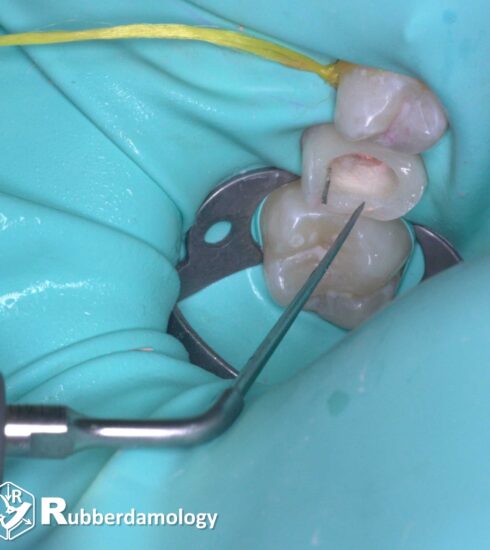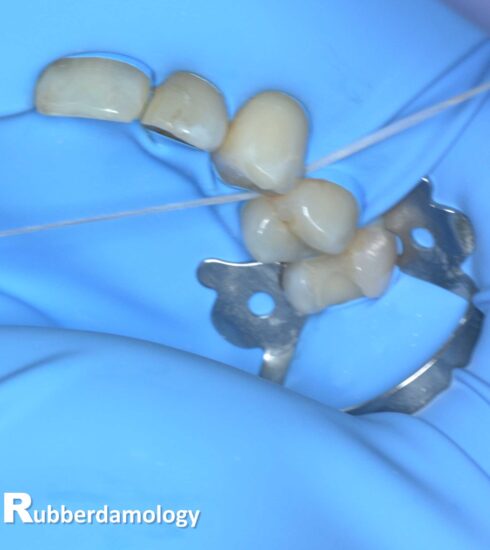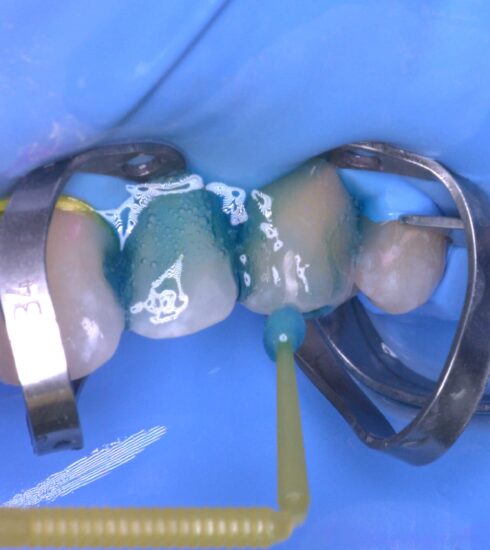What functional impacts can variability in mandibular third molar morphology have compared to second molars?
The variability in the morphology of mandibular third molars compared to second molars can have several functional impacts:
- Occlusion Issues: The irregular shape of third molars may lead to improper contact with opposing teeth, causing uneven wear or difficulty in maintaining proper bite alignment.
- Eruption and Alignment Problems: Variability increases the likelihood of impaction, where wisdom teeth fail to fully erupt, potentially leading to pain, swelling, and damage to adjacent teeth.
- Dental Care Challenges: The unique shapes can complicate extraction procedures, especially if unusual root structures are present, increasing surgical complexity.
- Jaw Health Concerns: Misaligned or impacted third molars may exert pressure on other teeth and the jawbone, potentially contributing to TMJ disorders or chronic pain.
- Prosthetics Implications: If a second molar is lost, an irregularly shaped third molar might make it harder to replace with bridges or implants that fit seamlessly into the dental structure.
In summary, variability in mandibular third molar morphology can lead to occlusion issues, eruption problems, challenges in dental care, and potential impacts on overall jaw health. Understanding these factors is crucial for developing effective prevention and treatment strategies.
- Essentials of Oral Biology Oral Anatomy, Histology, Physiology and Embryology Second Edition – Maji Jose MDS, PhD Professor and Head Department of Oral Pathology Yenepoya Dental College and Hospital Yenepoya University Deralakatte – eISBN: 978-93-877-4261-1
- DENTAL ANATOMY AND OCCLUSION – University of Washington Department of Restorative Dentistry 2009‐2010 – S Dogan J Wataha
- WHEELER’S DENTAL ANATOMY, PHYSIOLOGY, AND OCCLUSION Ninth Edition – Stanley J. Nelson, DDS, MS Professor School of Dental Medicine University of Nevada Las Vegas, Nevada Major M. Ash, Jr. , BS, DDS, MS, MD Marcus L. Ward Professor and Research Scientist, Emeritus The University of Michigan Ann Arbor, Michigan – ISBN: 978-1-4160-6209-7






